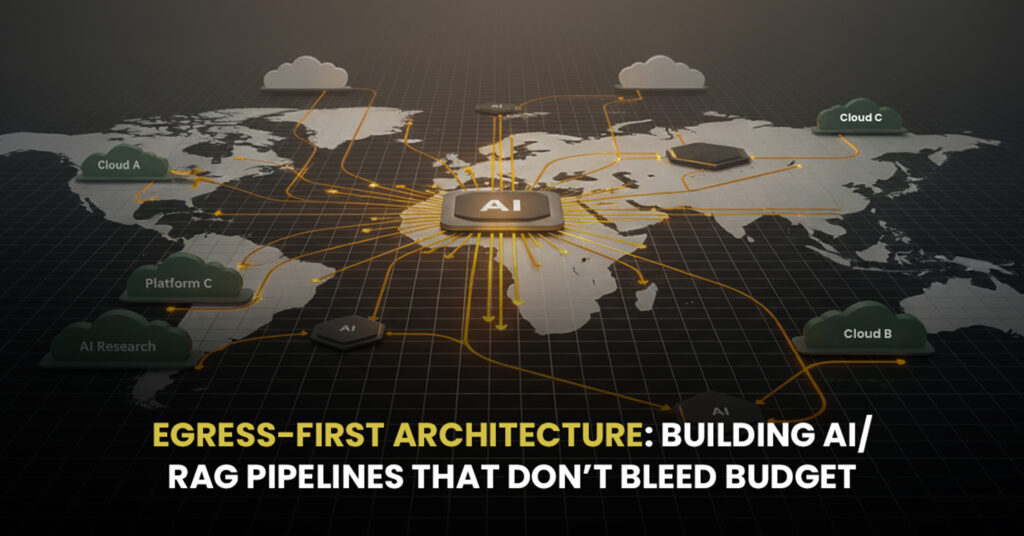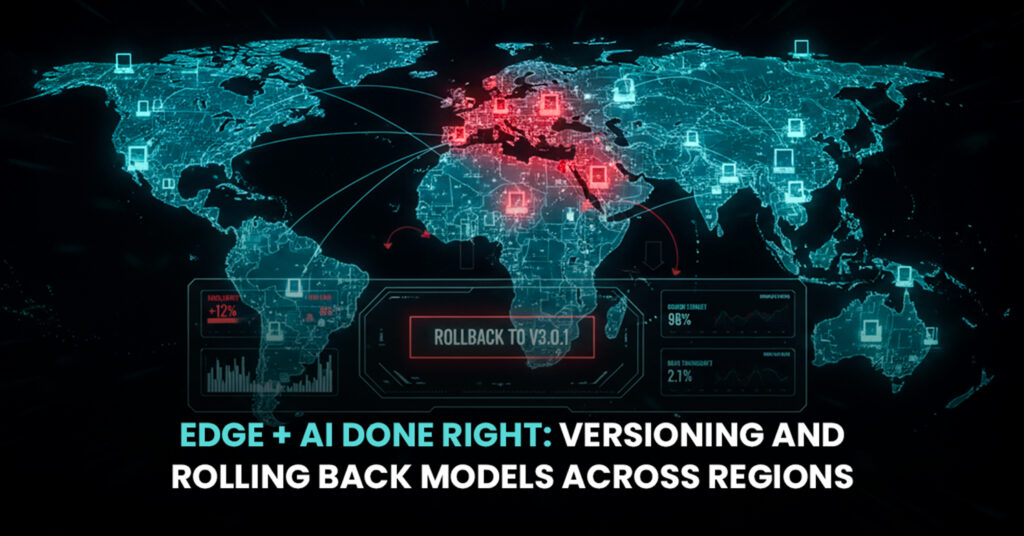Introduction: When More Isn’t Always Better
For years, the cloud conversation has been dominated by one word: more. More storage, more compute, more layers of tools and integrations. But somewhere along the way, businesses realized that more doesn’t always mean better. In fact, too much infrastructure can slow innovation down, drain budgets, and overwhelm teams.
That’s where Cloud Minimalism comes in. At CloudServ.ai, we believe the next chapter in cloud evolution isn’t about endlessly adding it’s about simplifying. Our philosophy of “less infrastructure, more innovation” is about stripping away the unnecessary and focusing on what truly drives business outcomes.
The Over-Infrastructure Problem
Walk into almost any enterprise IT department, and you’ll find sprawling cloud setups: dozens of services stitched together, duplicate monitoring tools, redundant storage systems, and underutilized virtual machines humming in the background.
It’s not just wasteful it’s expensive. These bloated infrastructures create technical debt, eat into operating budgets, and make it harder for teams to innovate quickly. When the cloud becomes a maze, businesses spend more time navigating complexity than building solutions.
The truth is, cloud over-infrastructure isn’t a sign of strength it’s a hidden liability.
What Is Cloud Minimalism?
Cloud Minimalism is a design philosophy rooted in the idea of doing more with less. Instead of chasing an ever-expanding list of services, it focuses on right-sizing infrastructure and eliminating unnecessary complexity.
Think of it like decluttering your home. When you remove the things you don’t need, you create space to breathe, focus, and grow. Cloud minimalism works the same way: it prioritizes simplicity, efficiency, and value over sheer volume. The goal isn’t to cut corners it’s to cut distractions, so your business can focus on what matters most: innovation.
CloudServ.ai’s Minimalist Approach
At CloudServ.ai, we’ve built our solutions around this philosophy. We start by asking: what does the business really need to thrive? From there, we design infrastructure that’s lean, purposeful, and flexible.
- Right-sized infrastructure: Instead of over-provisioning resources “just in case,” we match workloads to actual business needs.
- Automation at the core: By automating routine management tasks, teams spend less time babysitting infrastructure and more time building.
- Focus on essentials: We prioritize tools and features that directly impact outcomes removing unnecessary layers of complexity.
- Simplified management: Our platform reduces tool sprawl, consolidating functions so teams don’t waste energy switching between systems.
This isn’t minimalism for the sake of less. It’s minimalism with purpose.
The Benefits of Cloud Minimalism
When businesses embrace cloud minimalism, the impact is immediate and long-lasting.
- Lower costs: No more paying for underused servers or redundant services.
- Faster deployments: A leaner environment means less time configuring and more time creating.
- Agility: With fewer moving parts, it’s easier to pivot, scale, and experiment.
- Sustainability: Less infrastructure means a lighter environmental footprint, making the cloud greener.
Minimalism doesn’t mean giving up power it means unleashing it where it matters.
Use Cases Across Industries
We’ve seen cloud minimalism at work in organizations of all sizes. Startups, for example, often thrive on lean infrastructure, allowing them to scale smartly without getting bogged down in complexity. Enterprises use minimalism to modernize legacy systems, cutting out waste and refocusing on value creation.
In healthcare, minimalism helps reduce infrastructure sprawl, which in turn simplifies compliance and improves patient data security. Retailers use it to focus on customer experience rather than backend overhead. Fintech firms benefit from streamlined systems that keep costs predictable while enabling faster innovation.
Different industries, same outcome: leaner cloud setups that deliver bigger results.
The Future of Cloud Minimalism
The rise of cloud minimalism isn’t a passing trend it’s a movement. As AI and automation continue to evolve, we’ll see infrastructure become even leaner, with smarter orchestration reducing the need for human intervention in day-to-day tasks.
CloudServ.ai is leading this shift by promoting an “innovation-first” mindset. We believe the future of the cloud won’t be defined by how much infrastructure you have, but by how effectively you use it.
Conclusion: Less Is the New More
At CloudServ.ai, we’ve seen firsthand how businesses unlock creativity and agility when they simplify their cloud environments. Cloud Minimalism is not about stripping away power it’s about focusing it. By embracing the philosophy of “less infrastructure, more innovation,” organizations can save money, reduce waste, and empower teams to move faster.
The cloud isn’t just about capacity it’s about capability. And sometimes, the best way to move forward is by letting go of the excess and focusing on what truly matters.
So the question isn’t, “How much infrastructure do you have?” It’s, “How much innovation can your infrastructure unlock?”



